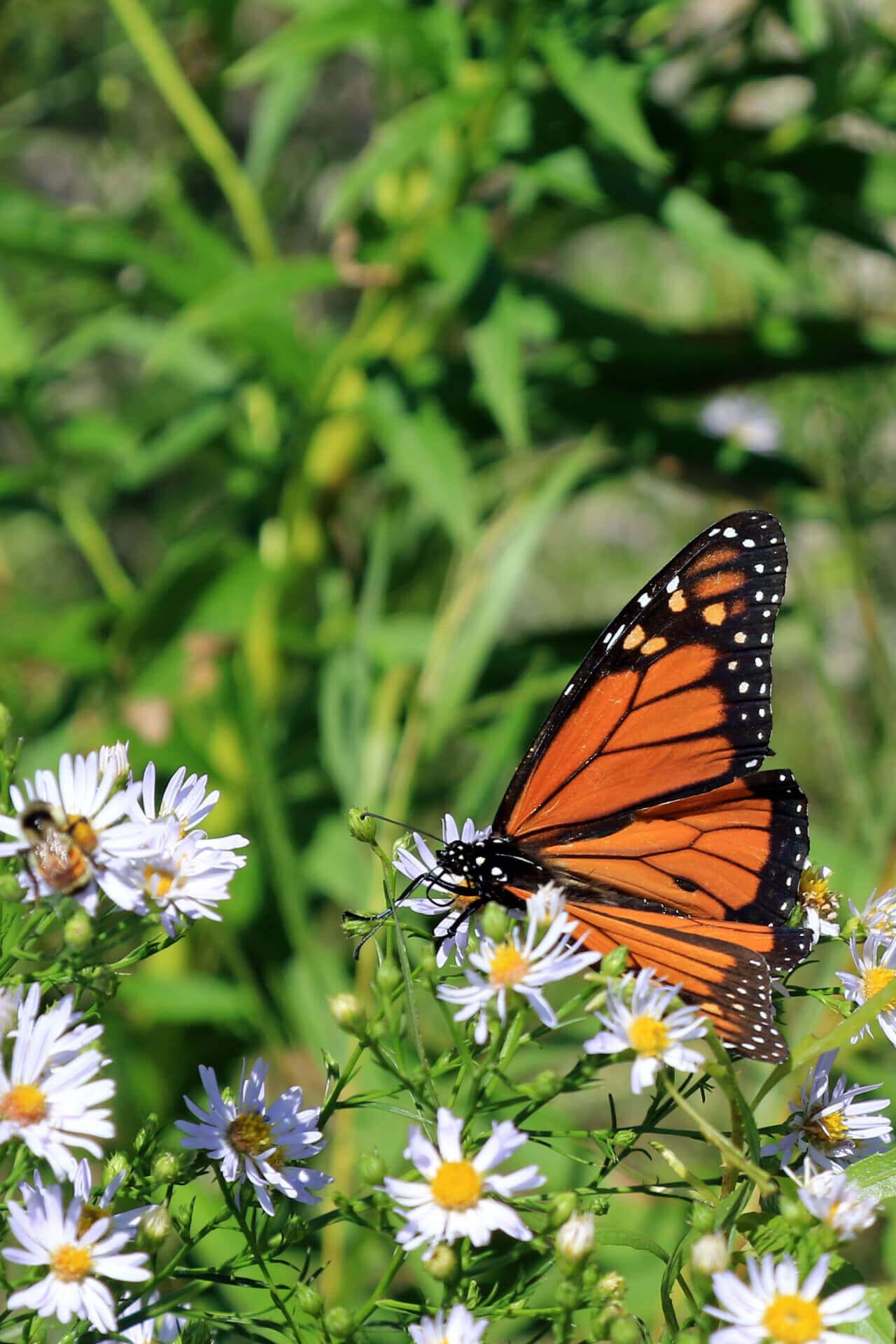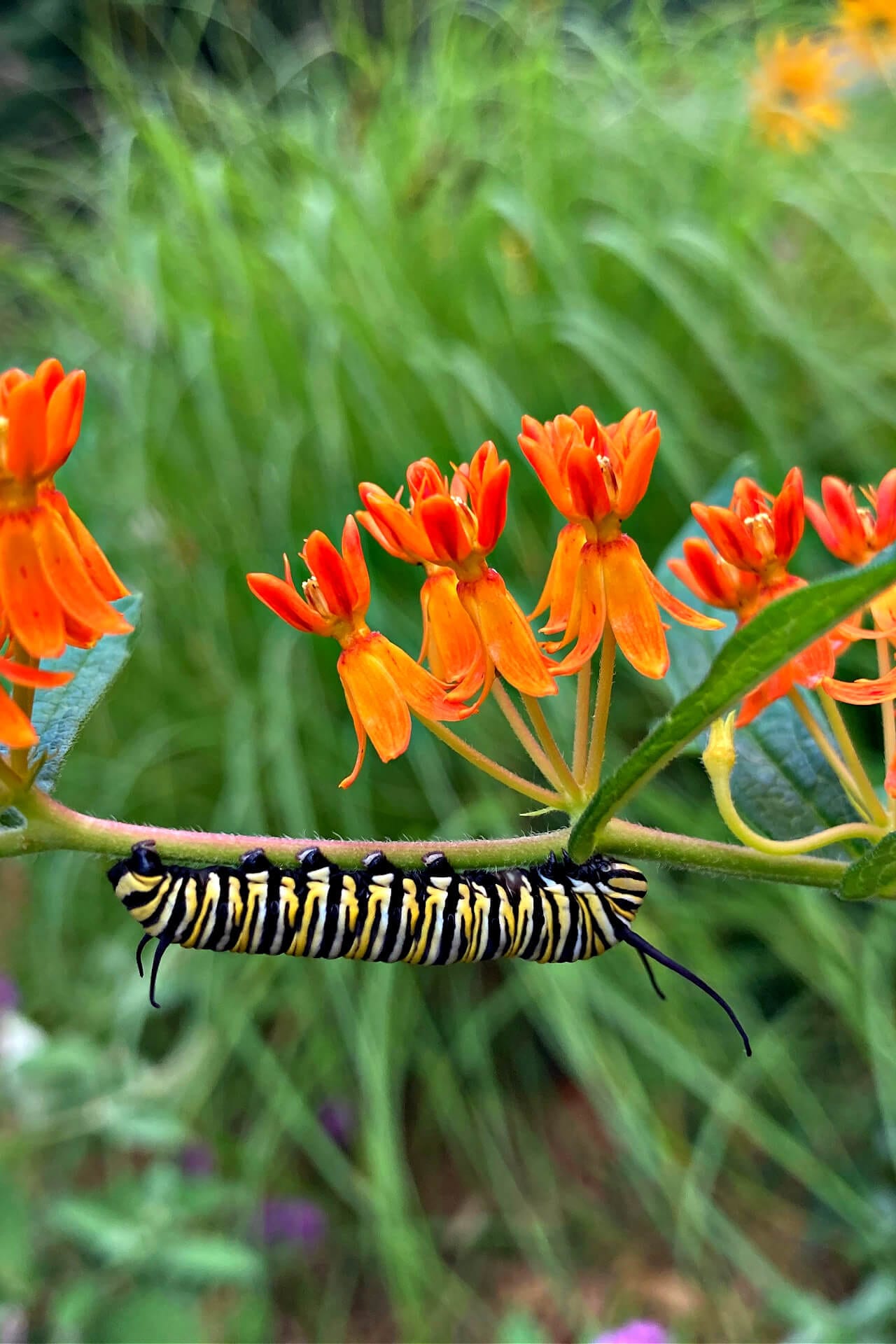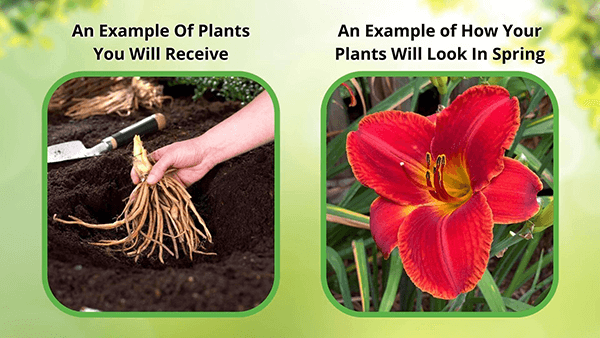Butterfly Plants - 4 plants
Butterfly Plants - 4 plants
| Order | Percentage Discount | ||
|---|---|---|---|
| 2-5 | 25% Off | ||
| 6-10 | 30% Off | ||
| 11-25 | 35% Off | ||
| 26-50 | 45% Off | ||
| 51+ | 65% Off | ||
Couldn't load pickup availability
5-7 Days
Over 12"
Sun or Shade
5-9
Flowering
Bare-root
Butterfly Plant - Buddleja Davidii
Butterfly plants refer to various attractive plants to butterflies and caterpillars and serve as a food source and habitat for them. Some popular plants include:
- Milkweed - this plant is crucial for the survival of monarch butterflies because it is the only plant their larvae eat.
- Coneflower, or Echinacea, produces showy flowers that attract various butterflies.
- Black-eyed Susan produces bright yellow or orange flowers that attract butterflies and bees.
- Butterfly bush- As its name suggests, this plant attracts butterflies and produces long, cone-shaped flowers in various colors.
- Lantana produces small clusters of flowers in various colors that are attractive to butterflies and other pollinators.
- This plant produces clusters of small, fragrant flowers that are irresistible to butterflies and bees.
- Salvia - this plant produces long spikes of flowers, a favorite of many butterfly species.
Planting some plants can be a great way to attract butterflies to your garden or landscaping.
Where To Plant
Depending on the specific plant species and climate conditions, they can be grown in various locations. Here are some general tips for increasing them:
- Sunlight-Most plants require full sun (around 6 hours of sunlight per day) to live and produce flowers. Choose a location in your garden or landscaping that receives plenty of sun.
- Soil -They generally prefer well-drained soil rich in organic matter. If your soil is heavy and like clay, you should amend it with other materials to improve drainage.
- Watering - While most plants prefer well-drained soil, they still require regular watering, especially during hot and dry weather. Water deeply once or twice a week rather than shallowly more often.
- Shelter - Butterflies need cover from strong winds, so consider planting your plants near a fence, hedge, or other structure that can provide some protection.
- Pesticides - Avoid using pesticides on your plants, as these can harm butterflies and other beneficial insects.
Butterfly Plant Requirements
Remember to research the specific growing requirements of these plants you choose, as they may have unique needs. They can be a beautiful and beneficial addition to any garden or landscaping with proper care.
This Is How Your Plants Will Look upon Delivery
Bloom/Foliage Color
Orange
Shipping date depends on the date displayed and chosen when you order from the product's page.
We only accept returns on plants verified dead. If you think your plants have died, we offer a 1 year warranty, please use use this File a Claim Link to verify dead plants and start with return warranty process.









